“He grew up in poverty and doubled up his clothes to mask how thin he was, which he was always self-conscious about, despite being a good-looking guy,” said Charlotte Blum, author of a book on grunge culture.
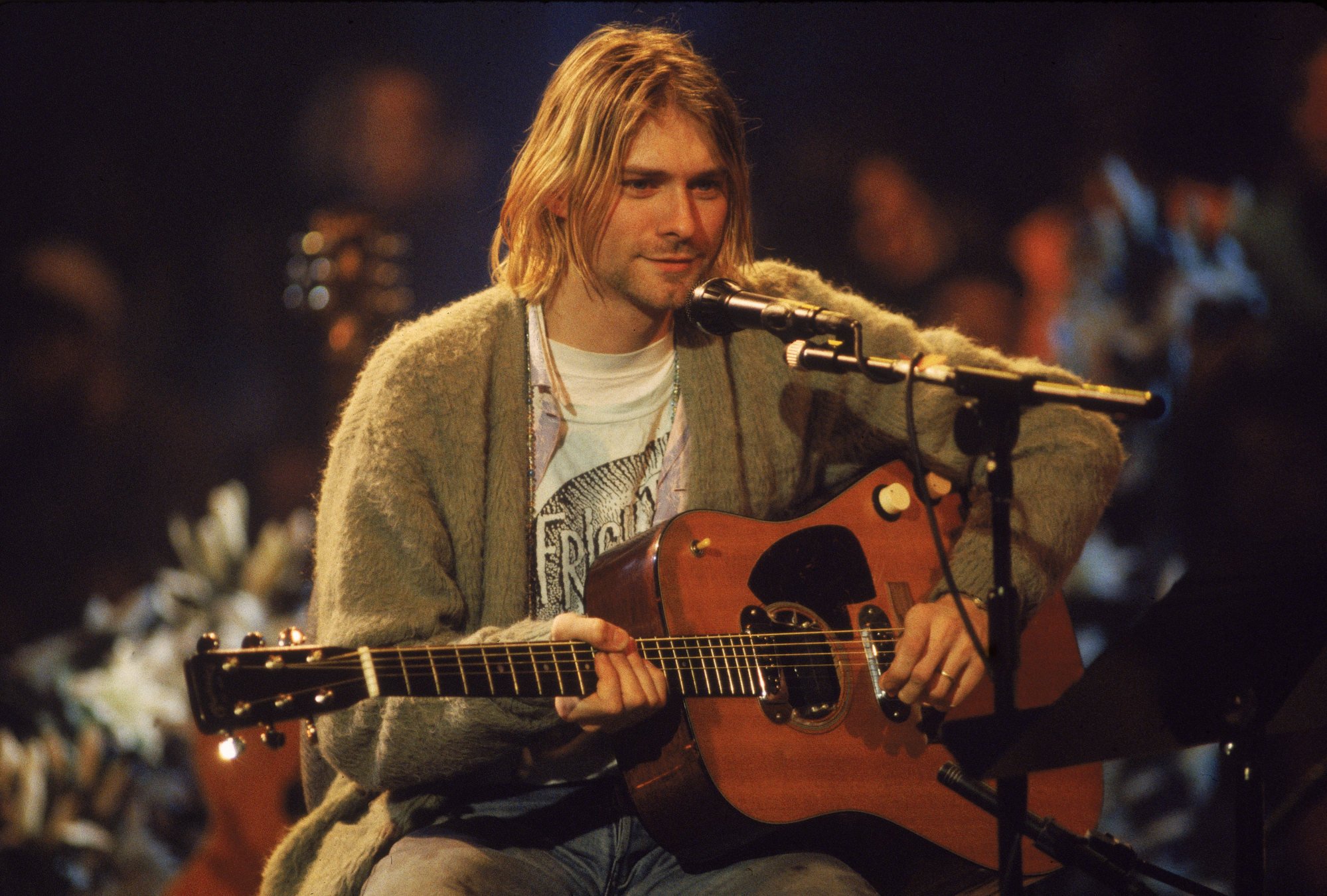
The band recruited extras for the “Teen Spirit” video with a flier that read: “No clothing with name brands or logos please!”
But the brands found him anyway.
How meeting Phil Collins taught a fashion label founder to trust her gut
How meeting Phil Collins taught a fashion label founder to trust her gut
In 1992, designer Marc Jacobs paid homage to the Seattle grunge scene with a catwalk show in which cheap flannel shirts and lumberjack coats were reimagined in silk and cashmere.
He sent samples to Cobain as a tribute.
“Do you know what we did with it?” his wife Courtney Love later told fashion site WWD. “We burned it. We were punkers – we didn’t like that kind of thing.”
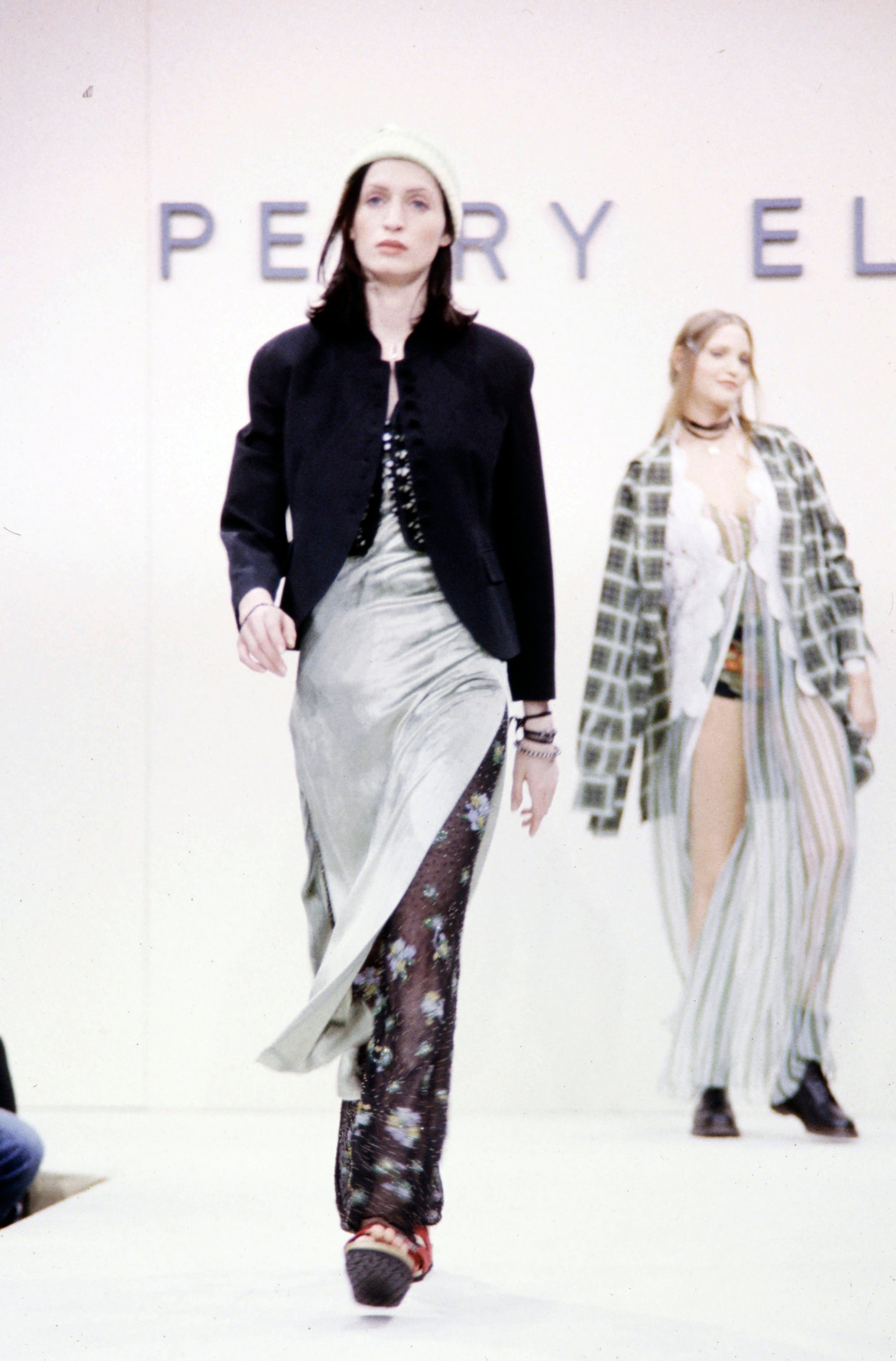
The style was partly accidental – the clothes were the natural cheap workwear of poor youngsters in the chilly Pacific northwest.
But Cobain also understood the importance of image and authenticity.
“It was an anti-look, ramshackle, but the guy was a paradox – he paid a lot of attention to it,” said Marc Dufaud, author of a recent book on the singer.
Mirroring the rejection of societal norms in Nirvana’s music, the ripped-and-patched look of Cobain’s clothes became the uniform of a generation.
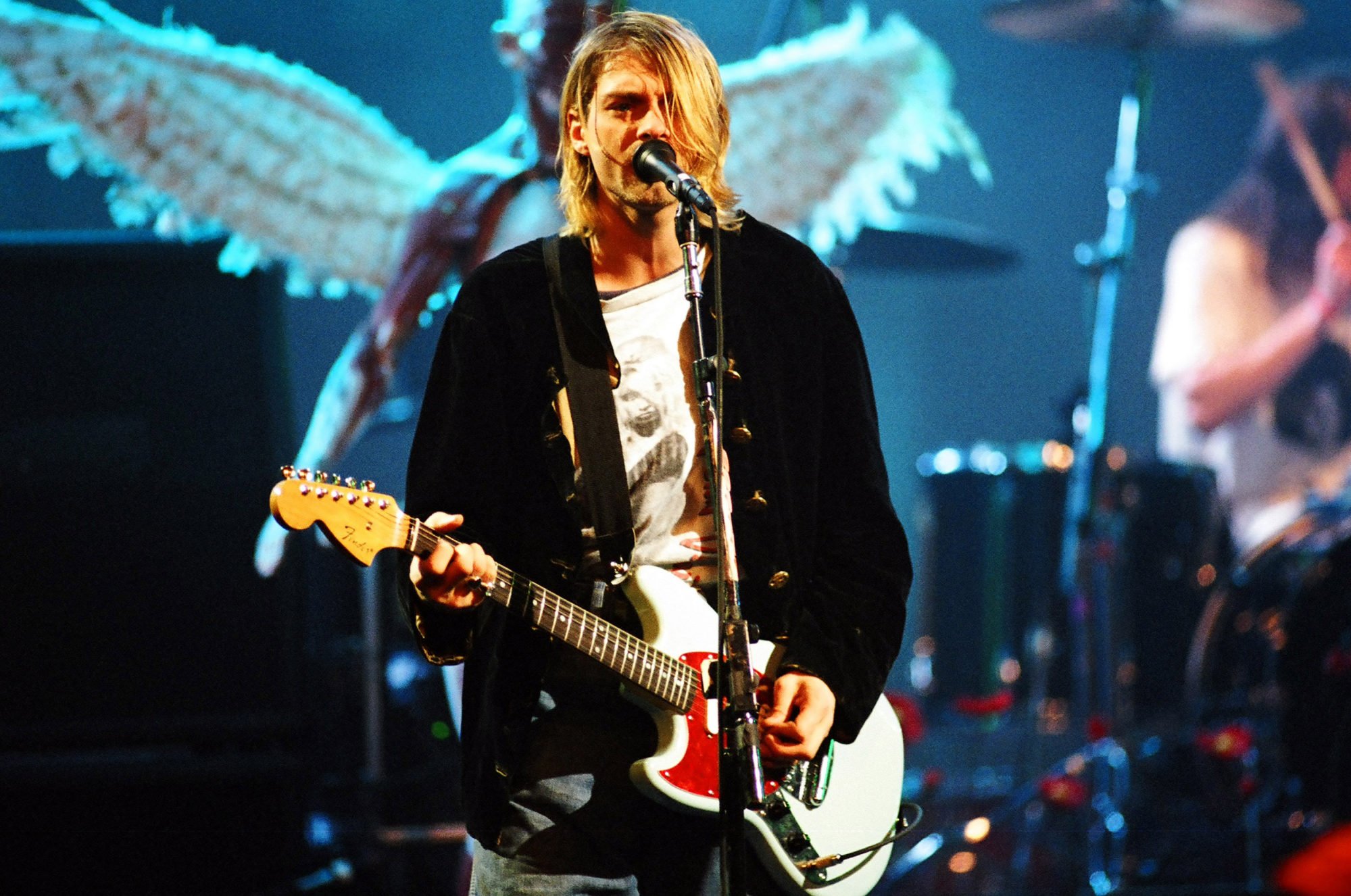
Jacobs told The Telegraph in 2011 that the grunge show was his favourite, even though it got him fired from the label Perry Ellis.
“It was about … a dismissal of everything that one was told was beautiful, correct, glamorous, sexy,” he said. “I think that moment hasn’t passed. It’s morphed into different things but it really hasn’t passed.”
Cobain might be horrified to see the money now involved. Paris label Vetements recently issued a US$1,150 version of the cardigan he wore at Nirvana’s famous MTV Unplugged performance in 1993.
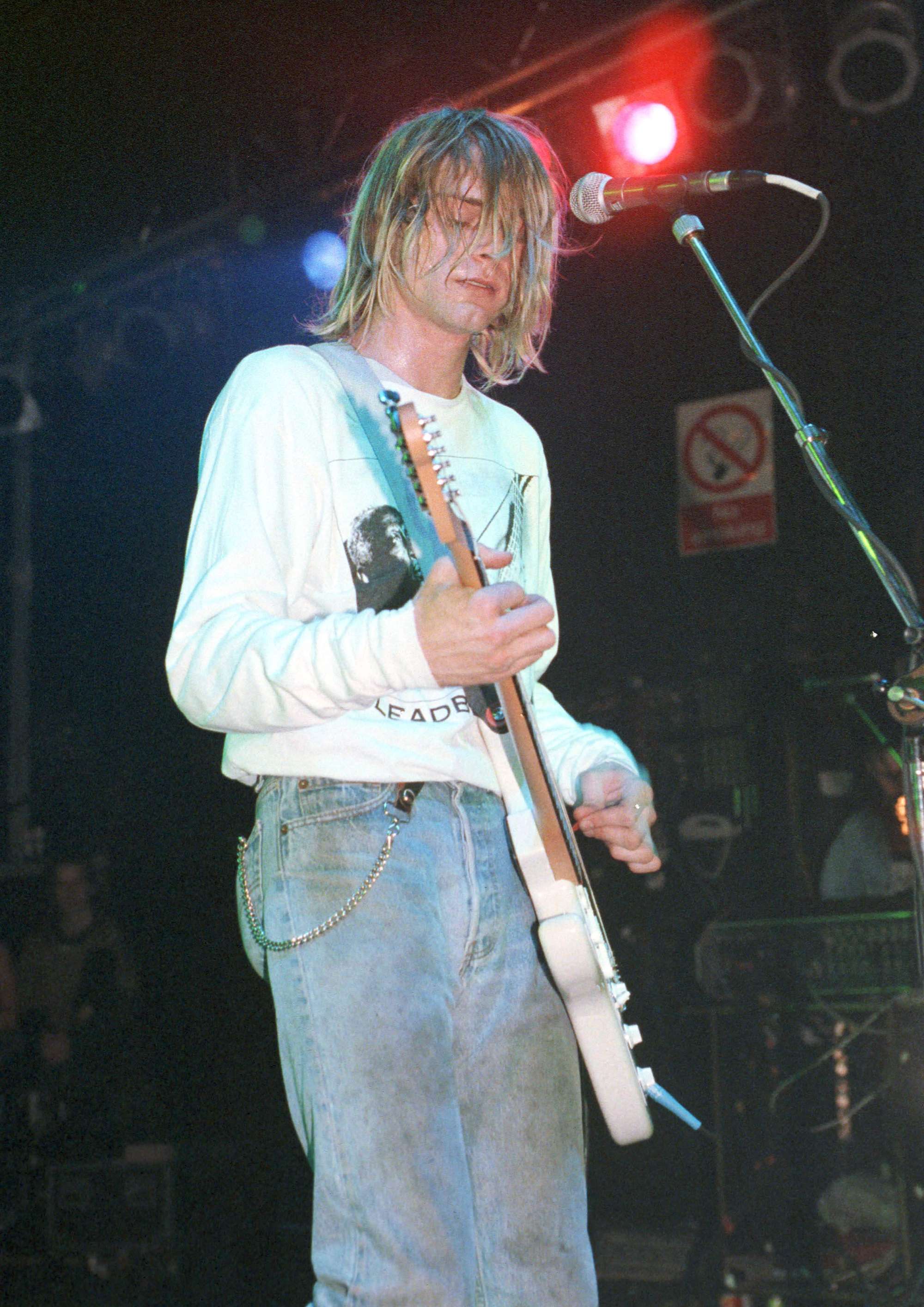
Saint Laurent and Dries Van Noten have run versions of his favourite bug-eyed shades that have shown up on pop stars including Jay-Z and Harry Styles.
But Cobain would no doubt welcome the way some of his fashion statements still reverberate.
An early critic of misogyny and homophobia, he wore women’s clothes on stage – recently replicated by rappers (and avowed Nirvana fans) Kid Cudi and Post Malone.
For the cover of Rolling Stone, Cobain’s T-shirt read “Corporate magazines still suck”. He popularised the wearing of band tees, promoting outsider artists like Daniel Johnston.
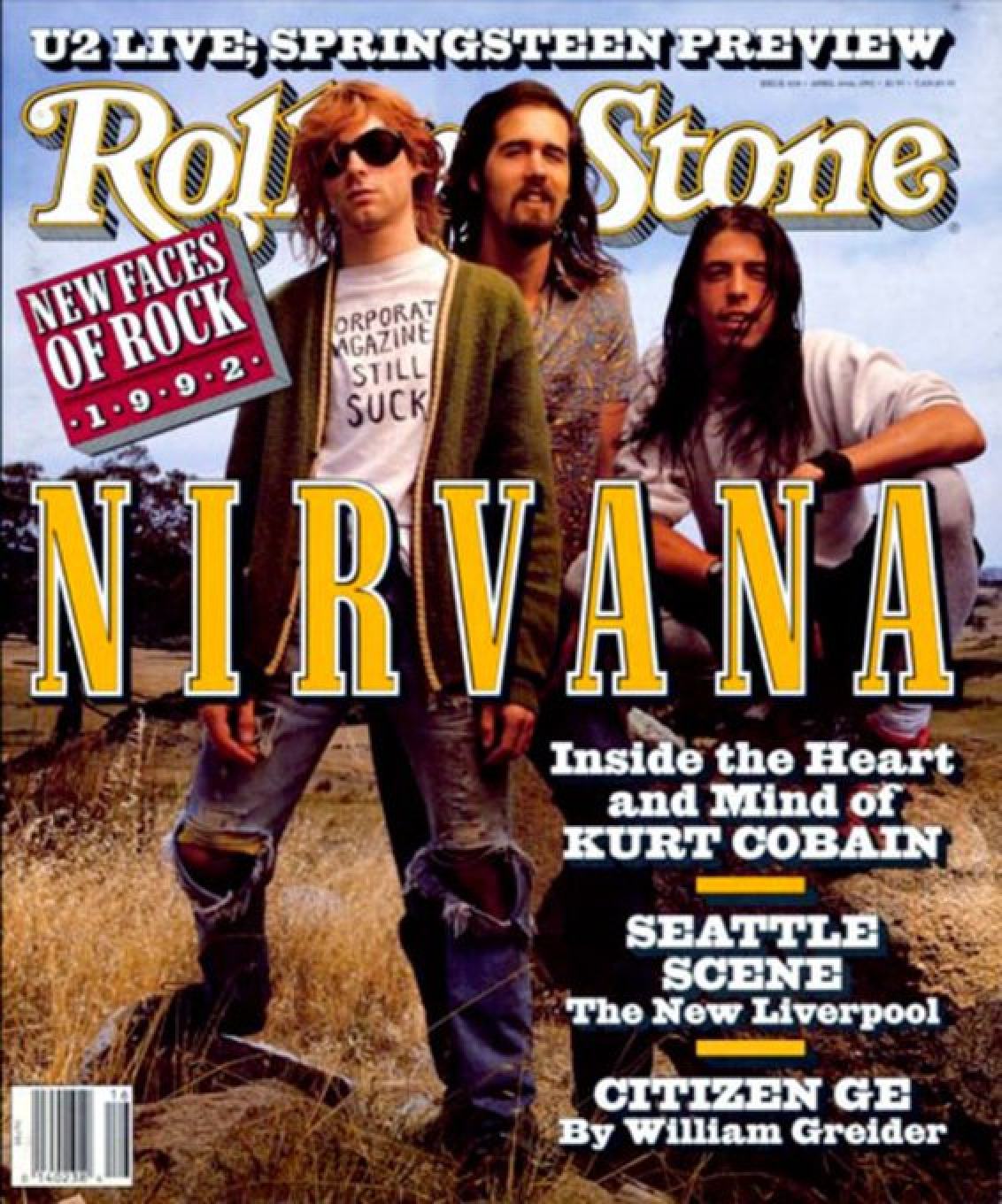
Then, when grunge took over the world, he couldn’t resist subverting his own image, sporting a sparkly top by French designer Jean Paul Gaultier in the video for 1993’s “Heart-Shaped Box” and opting for suits, white shirts and ties in later performances and photo shoots.
It could have all devolved into parody. But by then, the pressure of being the icon of a generation was taking its toll.
“Cobain wanted to become a star but he was overtaken by the speed of it,” Dufaud said. “He intended it to be gradual, but that album [Nevermind] wasn’t just successful, it defined a genre.”
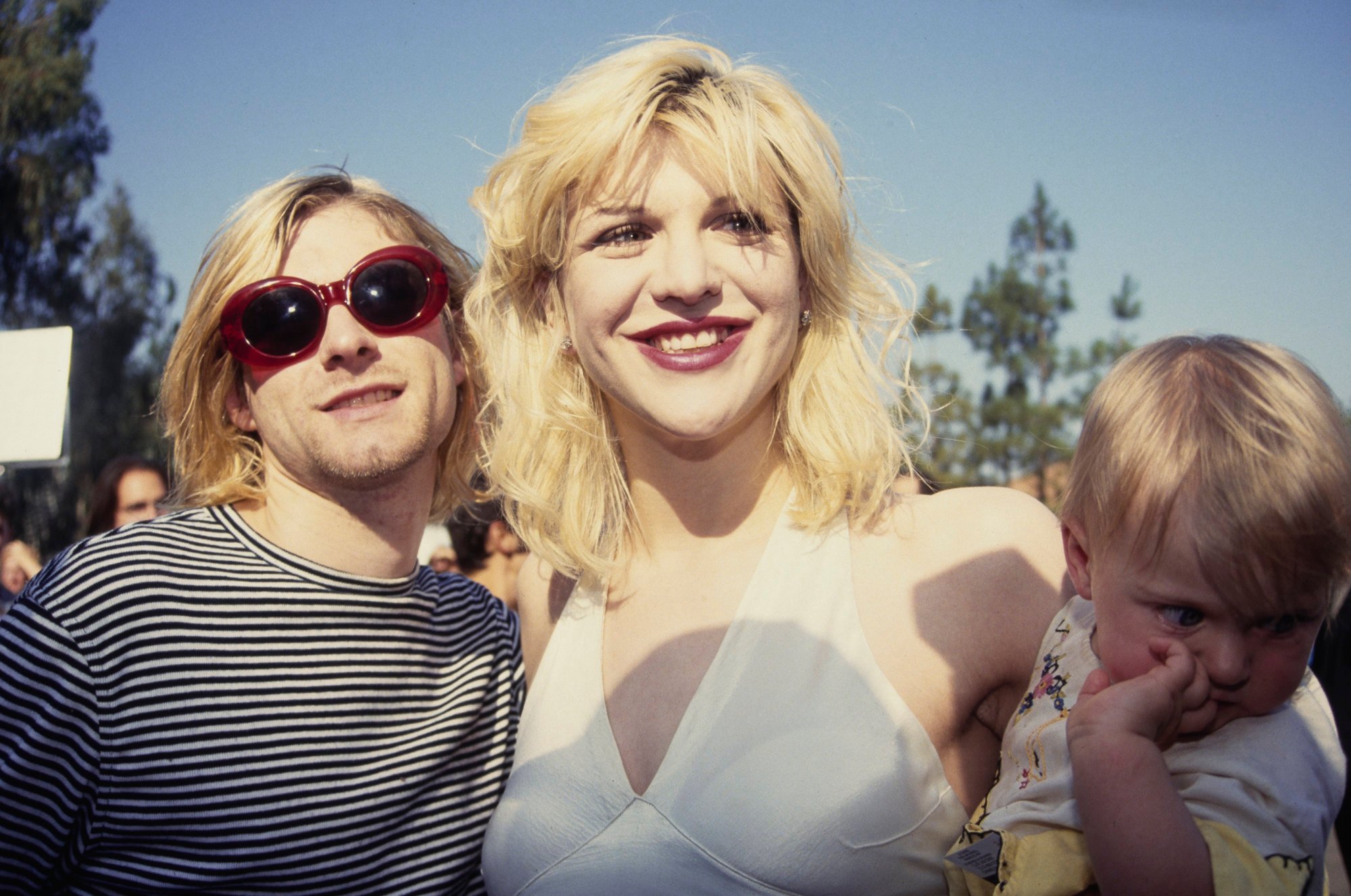
Cobain died by suicide on April 5, 1994, aged 27.

